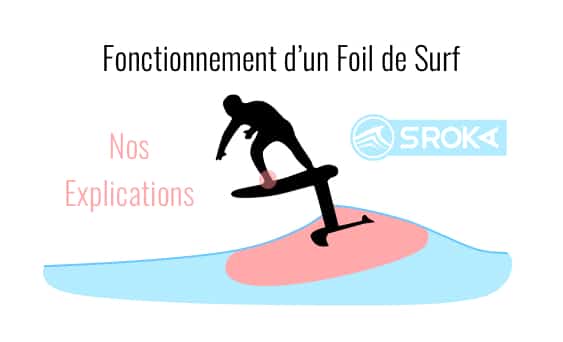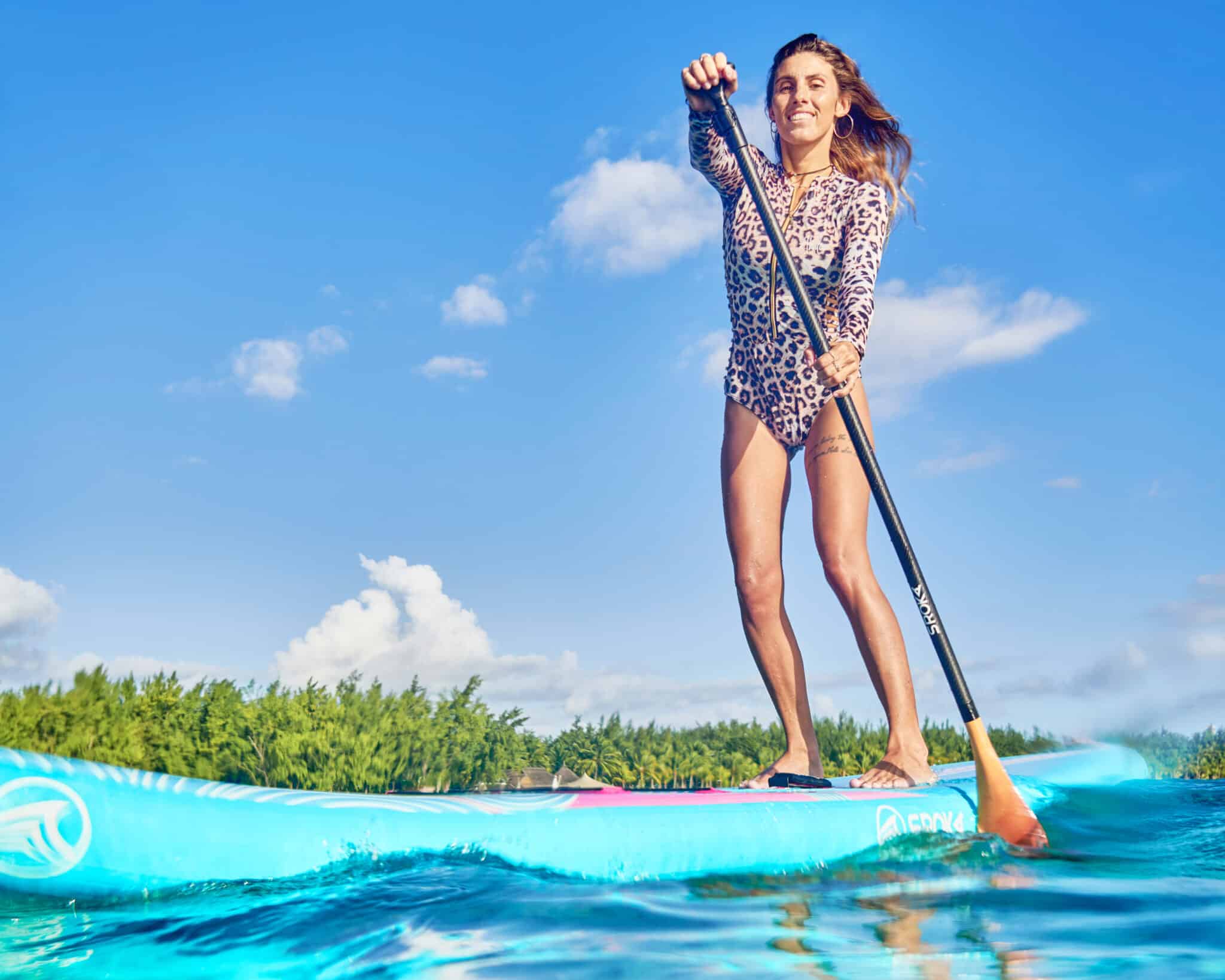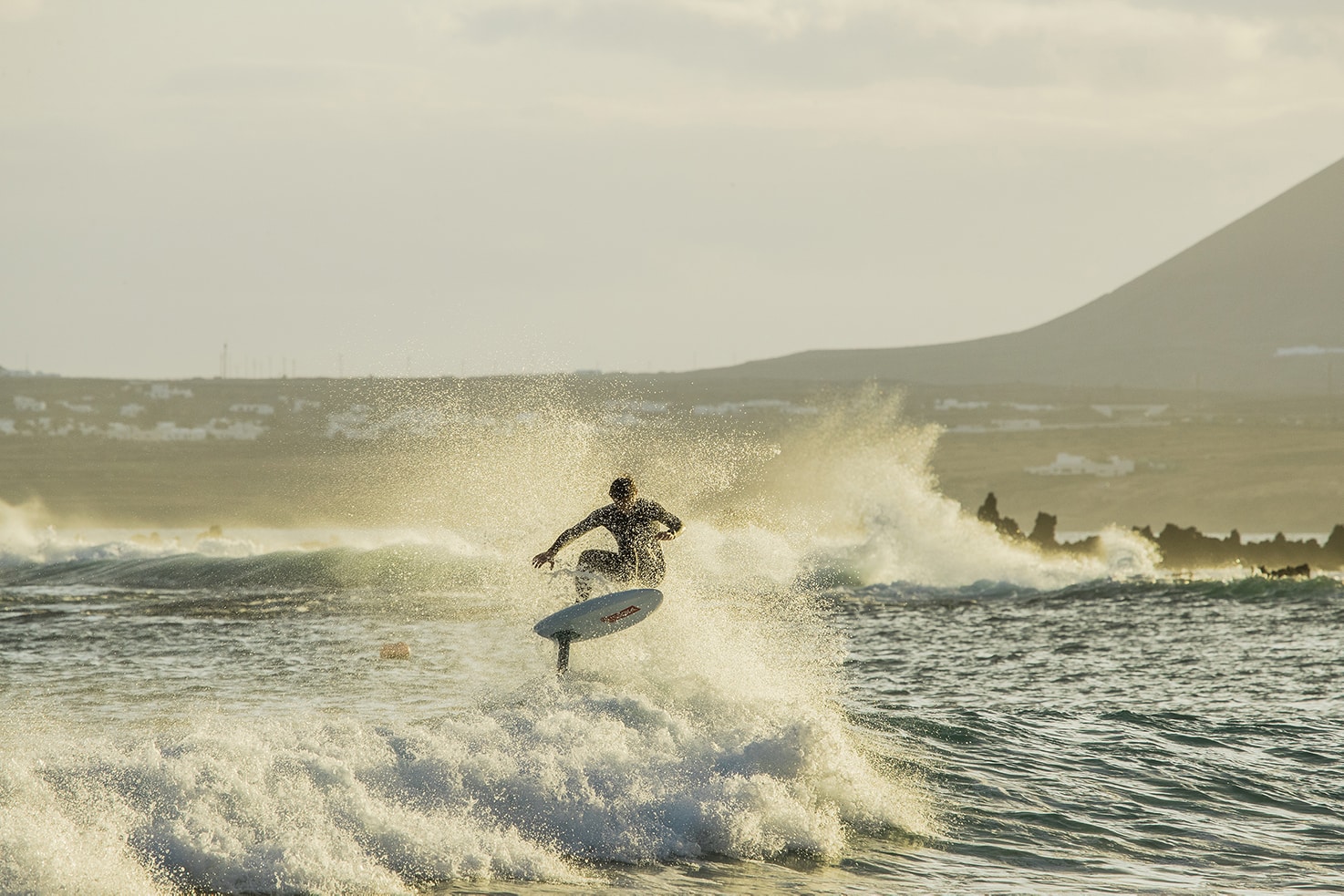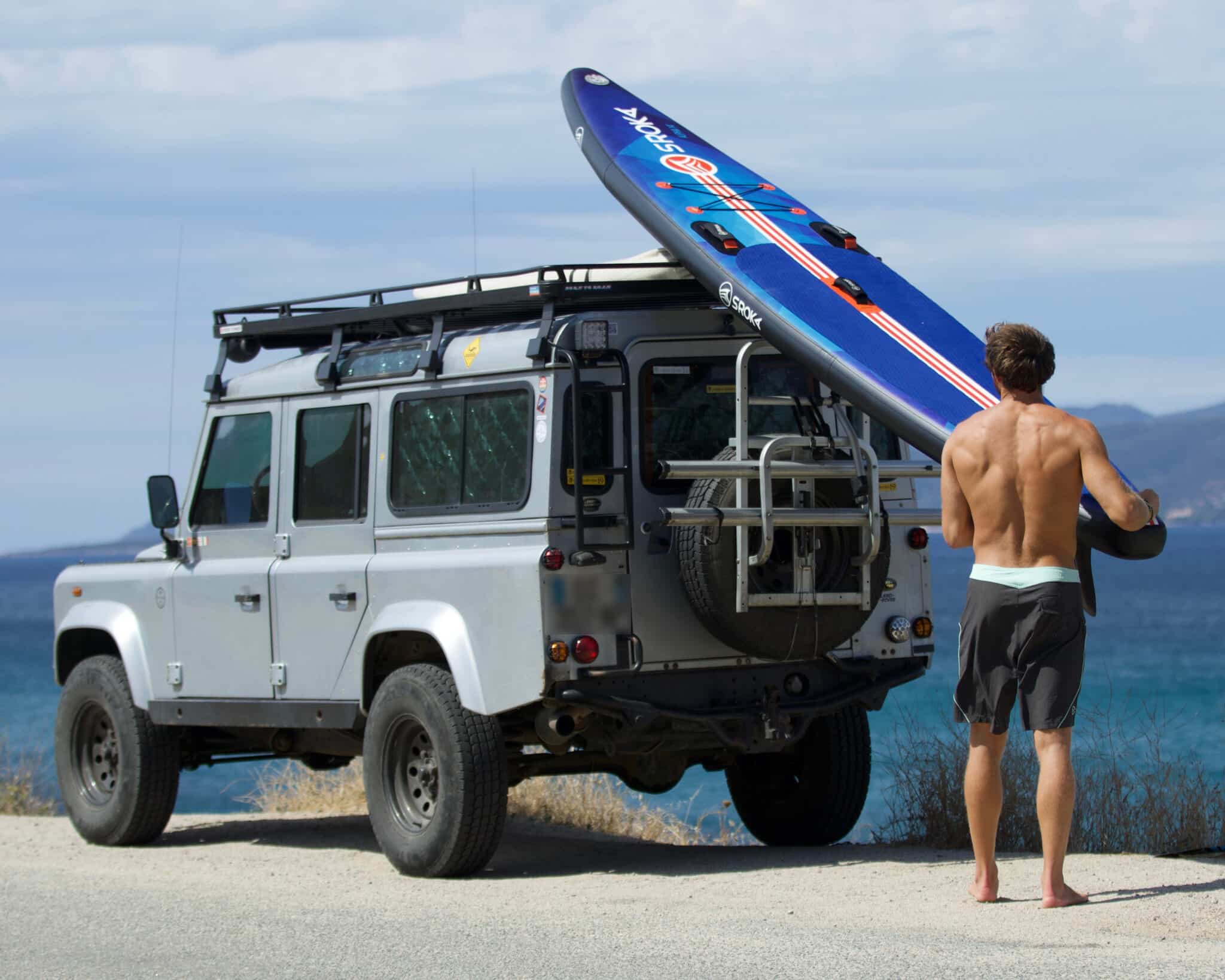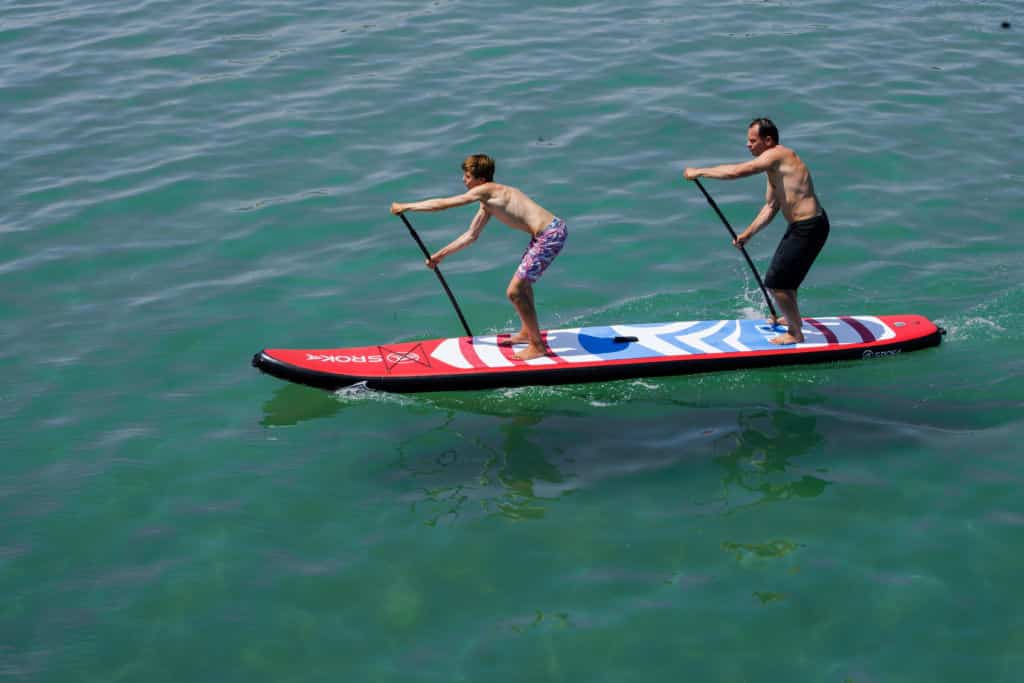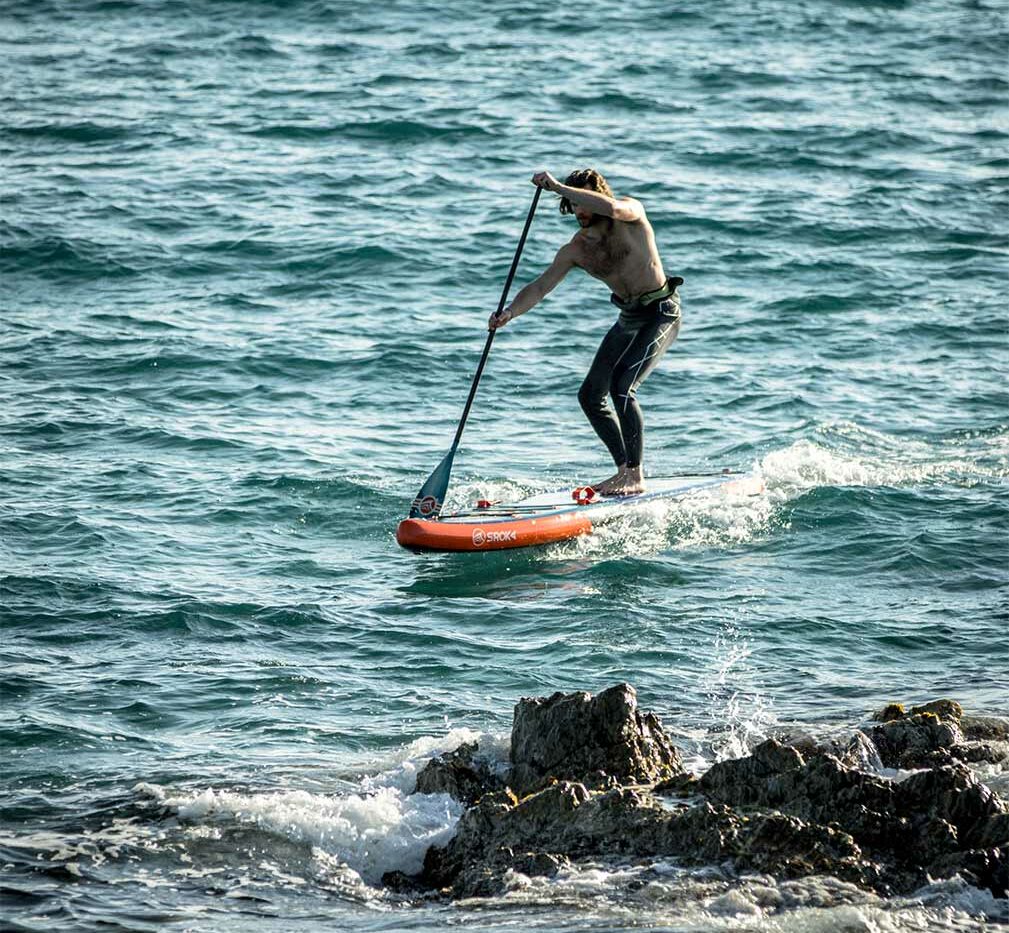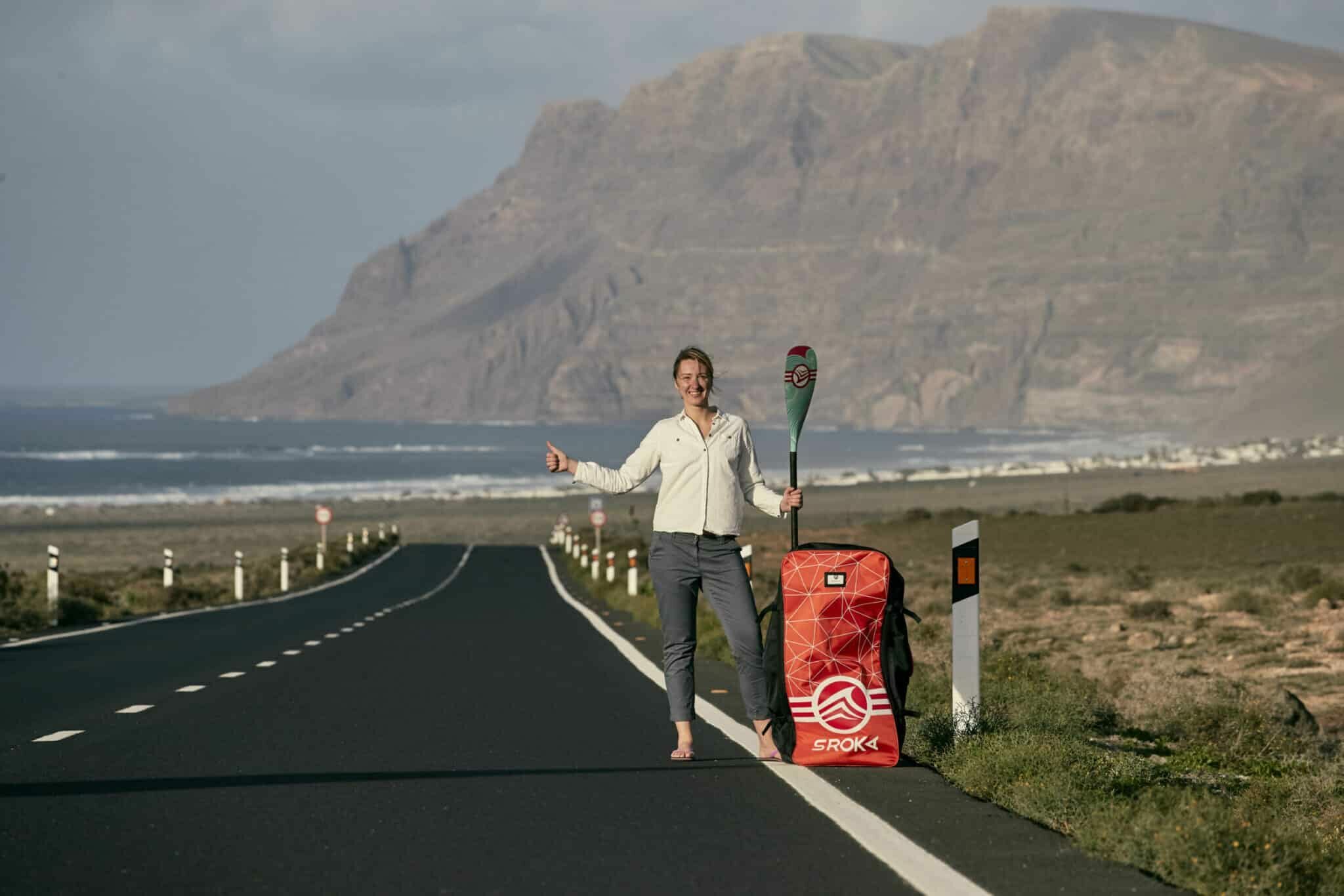 LE MAGAZINE
LE MAGAZINEWhat equipment should you choose to improve your wing performance foil?

What equipment should you choose to improve your wing performance foil?
Wing foil is a water sport that has been gaining in popularity in recent years. But how can you improve your performance in wing foil? It’s important to choose the right equipment. In this article, we’ll give you some tips on how to choose the right wing foil equipment to perform better.
Performance can be defined as the ability to go faster, jump higher or leave earlier. However, it’s important to note that equipment isn’t everything. If your technique isn’t good enough, you can buy all the equipment you need to perform, but the end result won’t be there. What’s more, performance depends on a thorough knowledge of your equipment. If you change your equipment too often, or if you have too much of it, it’s impossible to master everything and be totally efficient. Consequently, technique is the first prerequisite for performance.
How to go fast in Wingfoil.
To go fast, it’s important to push your own speed limits and accept a situation where the slightest error in support will result in a sure fall that you’ll remember. To do this, you need to be balanced on the water, stable in your various axes and rather overweight. Indeed, going fast without a lot of power in the sail is impossible. To reduce the drag of foil, we recommend reducing the size of the front fin, the stabilizer and the drag of the mast and fuselage. Drag is proportional to the surface area you have underwater. So the bigger your wing, the slower you’ll go. It’s therefore important to reduce the surface area of the front fin and stabilizer.
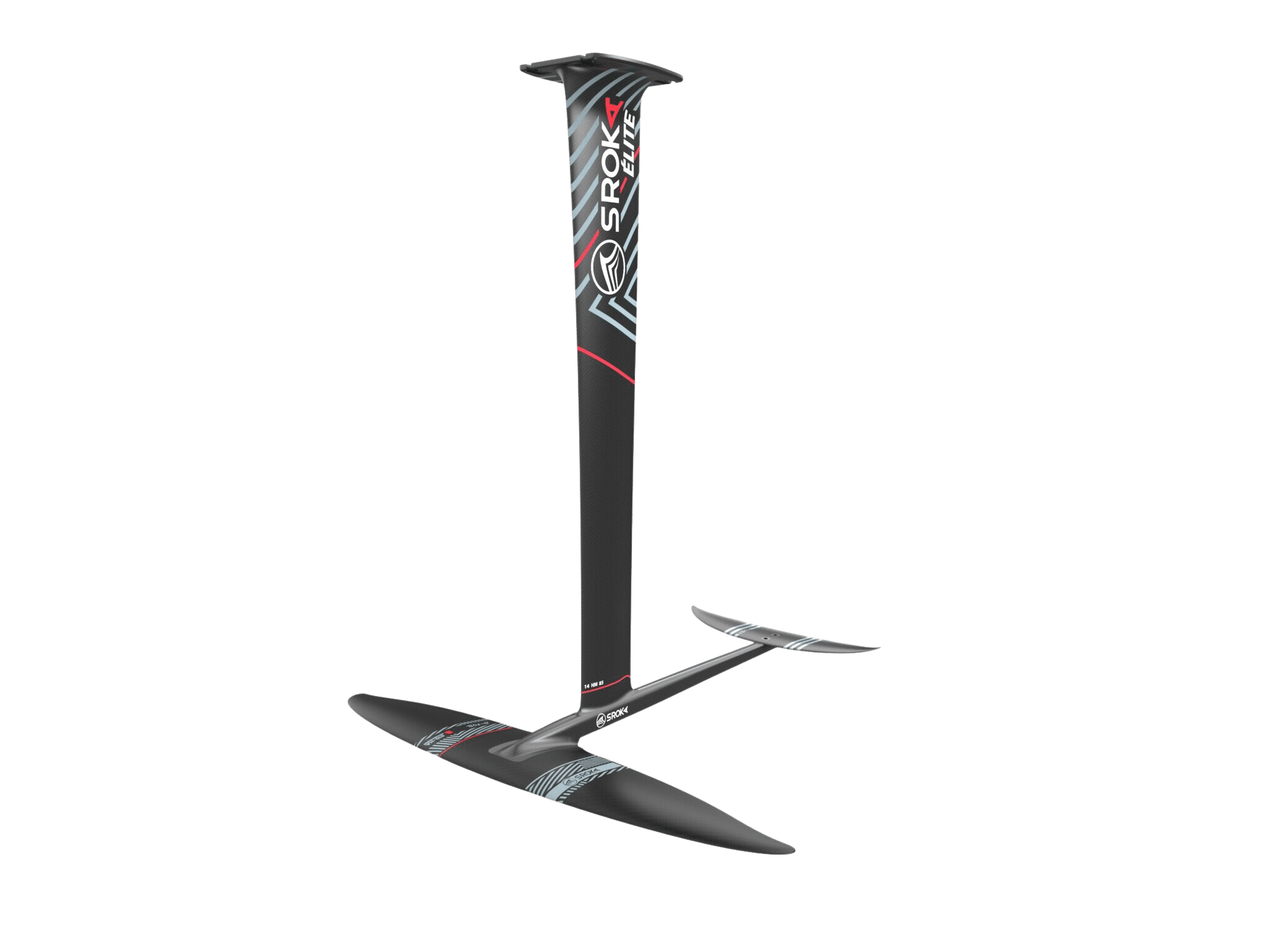
The Foil website, fundamental to performance in Wing foil.
The foil is a key element for reaching high speeds. There are two types of foil: foil in aluminum and foil in carbon. With an aluminum foil, you can reach speeds of 25-26 knots, or almost 46 km/h on the water. As a reminder, there are 800 times more drag in water than in air.
However, if you want to go faster, you’ll need to switch to a slim, rigid carbon foil to be able to exceed this speed of 25-26 knots. The SROKA Elite carbon mast has been designed to allow you to go as fast as possible with the minimum of drag. An aluminum mast is a mast that necessarily needs to be thicker to be stiff. As a result, drag will be increased. If you want to exceed an average speed of 26 knots over 500 m, we recommend switching to an 810 S HA or 670 S HA fin. This will enable you to push the limits, and will be your perfect ally with the Elite 14 mm carbon mast.
Tips: To go fast, it’s important to have slightly more pressure on the front leg to be comfortable and stable at high speed. Indeed, if you are balanced on the water with equal pressure on both feet, it will be difficult to be balanced at high speed. The faster you go, the more pressure you’ll put on your front leg.
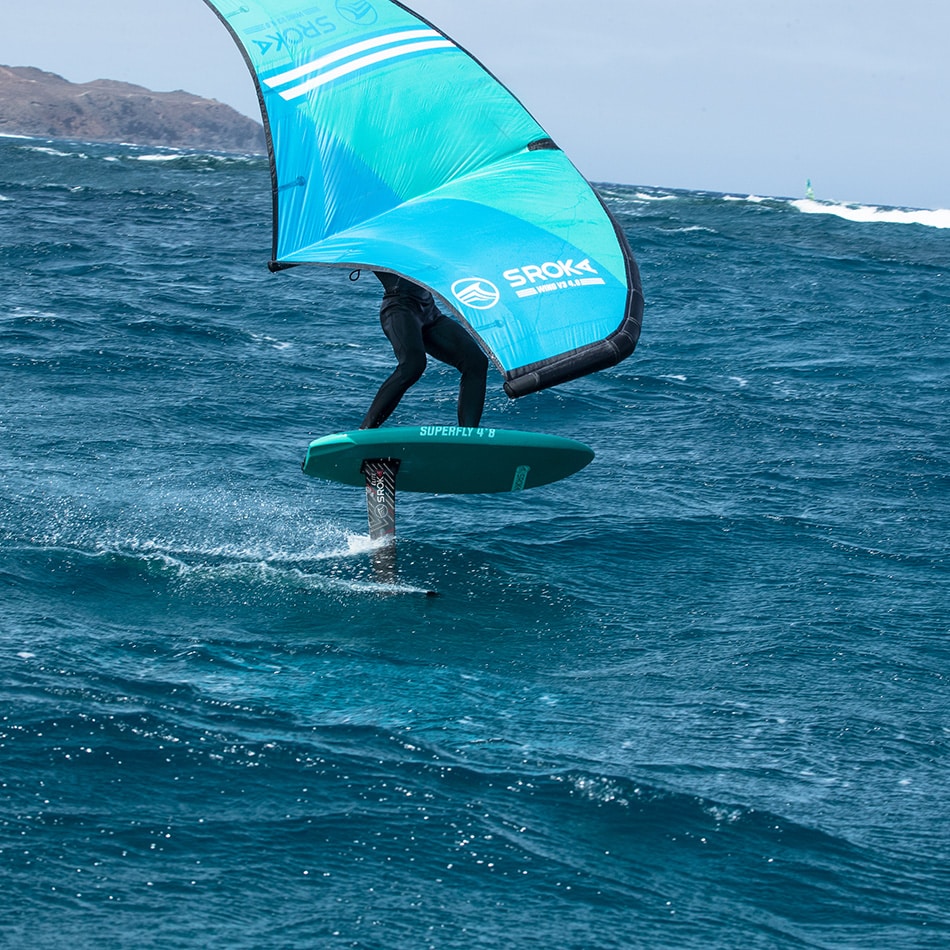
The board, another factor in Wingfoil performance.
The board is also a key element in pushing speed limits. The bigger the board, the more drag it will generate in the air and may cause lateral movements on the foil, resulting in a loss of stability. To go fast, we recommend using a thinner, smaller board. The construction of the board inevitably leads to a gain in performance. So it’s best to opt for carbon boards and, if possible, full-sandwich carbon boards, for maximum stiffness, responsiveness and, consequently, performance.
Tips: to increase your speed and get better control of your board with the foil, you can use foostraps. Footstaps give you a better feel for foil and better control of your board, especially at high speeds. It needs to be set rather tightly.
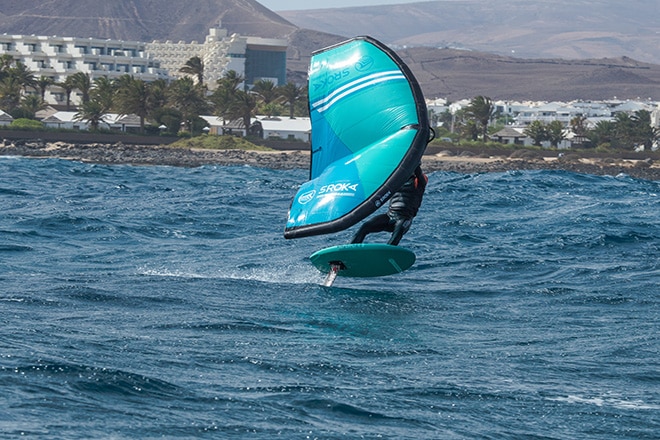
Wing, one of the keys to performance.
Finally, if you want to break records, it’s best to over-top the wing and use the smallest foil to get maximum glide and minimum drag. Staying in your comfort zone is not the way to beat your own limits.
A wing with a small leading edge will go faster. That’s why a wing shorter than 5m will go faster. The wing also needs to be a taut spinnaker to generate more power.
It’s important to note that going fast requires learning and getting used to it. You’ll need to take the time to tame your speed. You’ll also need to learn how to set your foil correctly to go fast. We recommend that you position your bike fairly far back in the US rails.
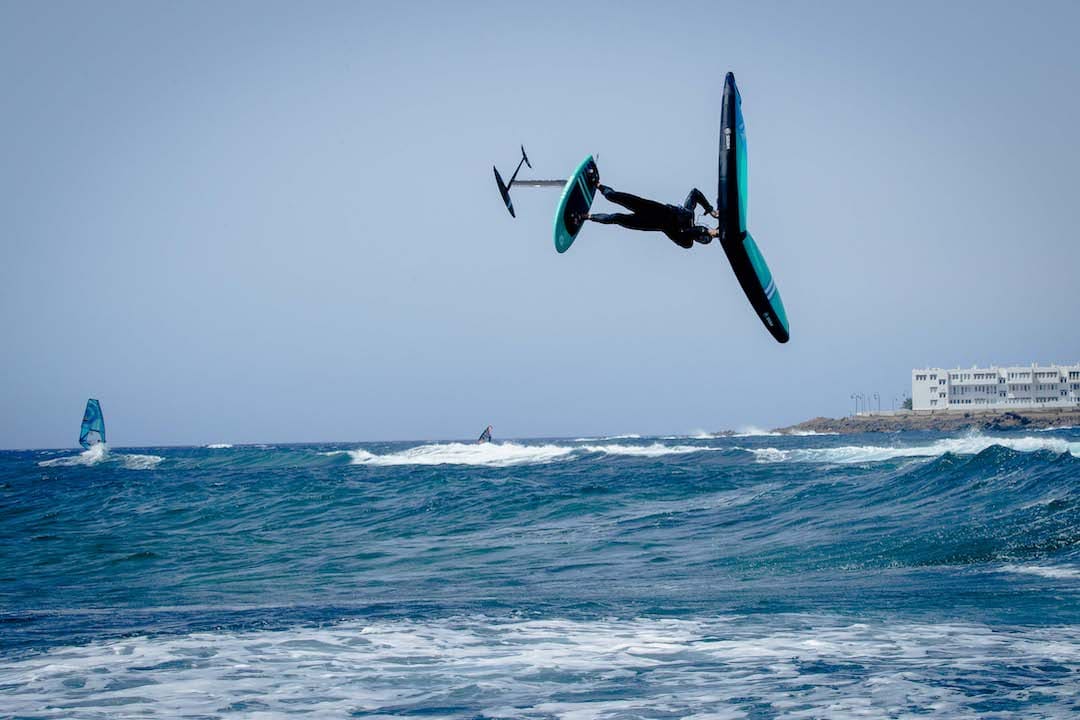
How do I jump high in Wingfoil?
To jump high:
It’s important to get plenty of speed, and to transform horizontal speed into vertical speed to climb high. To do this, you need to choose wings with “pop” and the ability to turn quickly, especially when you need to give a lot of impulse. It is therefore advisable not to choose front wings with too pronounced ratio aspects, as this will limit your ability to get good impulse.
The weight of the board and foil is fundamental if you want to do rotations. You can jump with an aluminum foil and a big board, but the lighter the assembly, the easier it will be to turn in the air. For this reason, the carbon foil is best suited to high jumps. It brings rigidity, nervousness and speed to the impulse.
For jumping, we recommend a board shorter than 5’0 to facilitate rotation. Of course, a full sandwich carbon board will be more durable over time, especially on landing jumps.
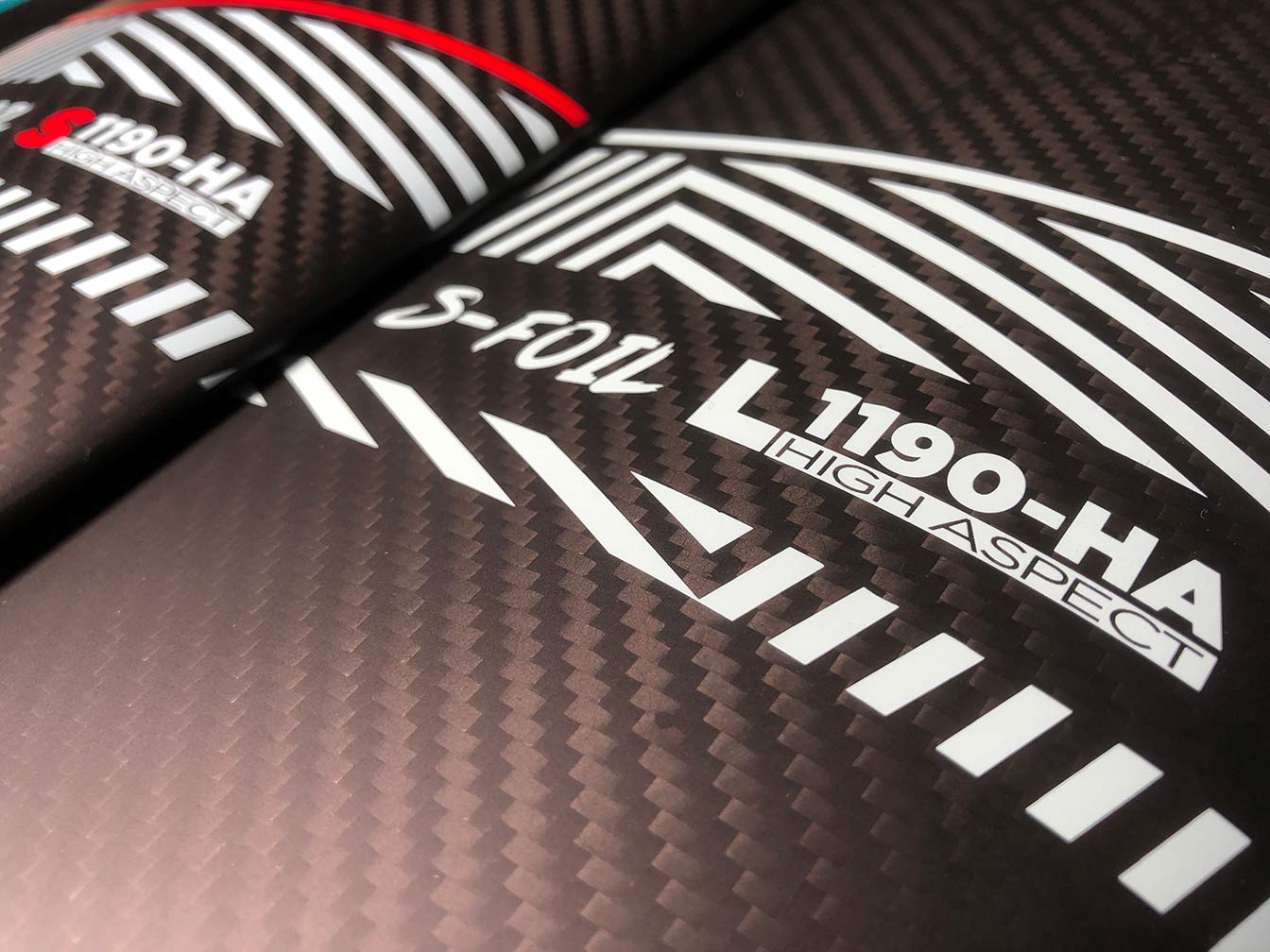
How can I get the most out of my Wingfoil?
To get off to an early start, it’s important to reduce board drag while retaining enough volume to glide and fly as quickly as possible. To achieve this, a slightly longer, tapered board is a good option. However, you will lose lateral stability. If the water is choppy, we recommend you opt for a board with a little width.
For an early start, we recommend opting for a foil high aspect ratio front wing, which will give you excellent glide with a very early start. Choosing a thin, narrow carbon foil will give you more glide and less drag. You’ll be able to optimize your start even more in very light wind conditions.
A powerful wing is recommended for maximum power at low revs.
Tips wing: When it comes to the wing, it’s important not to over-inflate your wing leading edge. In fact, a slightly under-inflated leading edge will make it easier to pump and give the wing a spring effect. At SROKA, if the recommended pressure is 7 psi, we recommend 6.5 psi in light winds.
Tip On foil: To get off to an early start, we recommend using a slightly larger stabilizer to help you get off to an early start at low speed, and a front wing from foil in Hight Aspect Ratio.
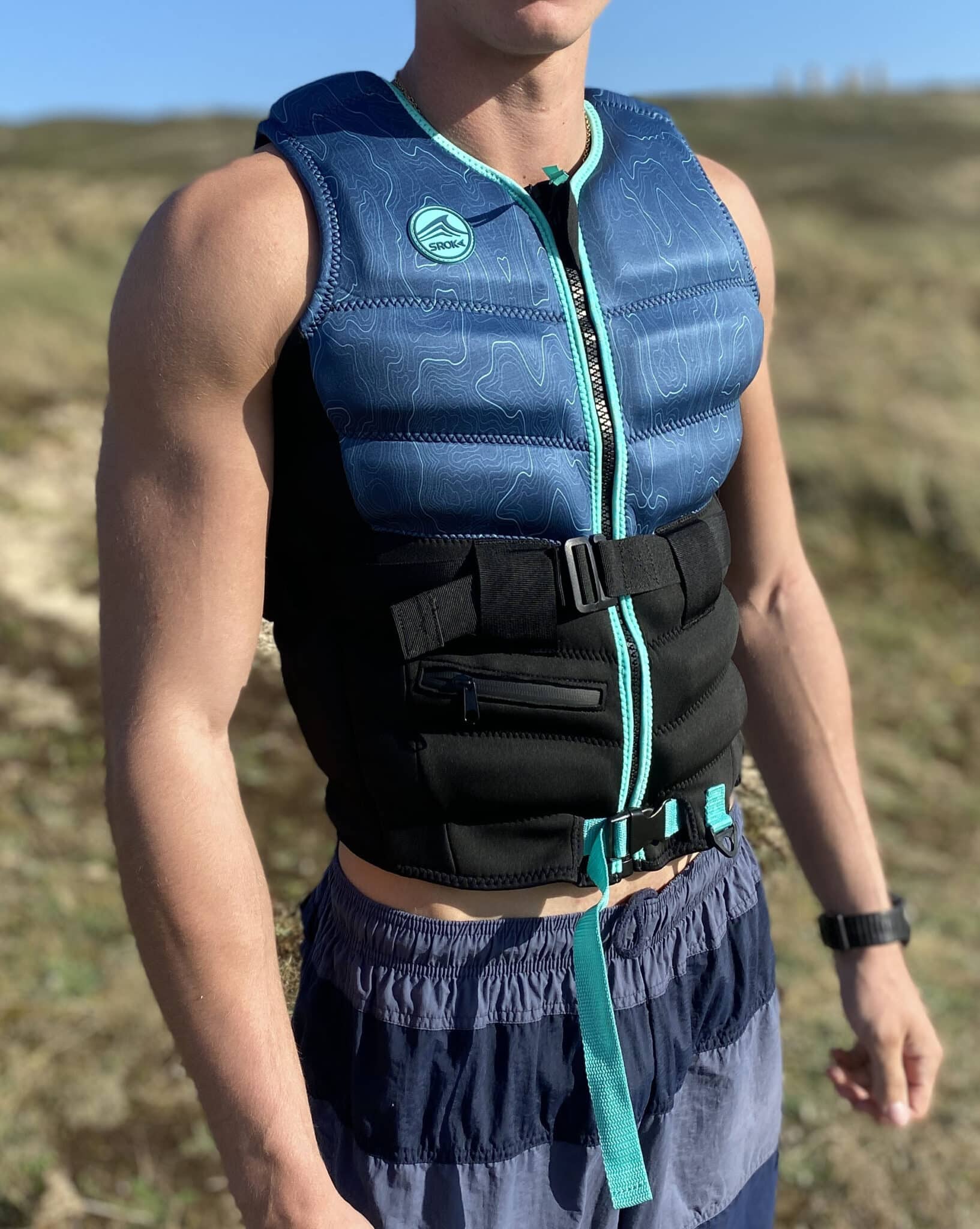
Summary
To perform well in Wingfoil, you need to reduce the drag of your foil, increase the weight and rigidity of your wingboard foil and foil and optimize your equipment settings to be more precise and precise in the use of your equipment. If, for example, you have a very thin rigid carbon foil with an inflatable board, you won’t be able to go fast. The inflatable board will deform. It’s therefore advisable to increase stiffness and lightness, and “put your brain down” to go faster, or use maximum power to jump.
If you’re looking for high-performance wingfoil equipment, take a look at foil carbon Elite with the superfly range of boards that will help you perform on the water.
For your safety, we’ve developed an Impact pro jacket to absorb shock in the event of a fall. It has been reinforced for maximum shock absorption should you fall into the water.
Push your own limits with the ELite 14 HM85 carbon mast and Superfly boards: Wing Foil top-of-the-range!
Optimize your performance by choosing the right equipment to go fast, jump high or get off to an early start.
 Le Magazine
Le Magazine



